Black Locust Tree
- November 25, 2024
- 0 comment
The Black Locust Tree (Robinia pseudoacacia) is a remarkable species known for its ecological importance and adaptability. Native to North America, this tree plays a vital role in stabilizing soil, improving fertility, and providing habitat for diverse wildlife.
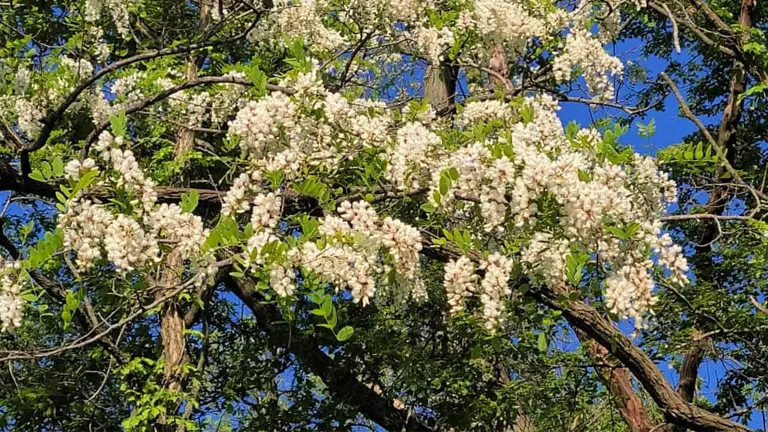
Botanically classified in the legume family (Fabaceae), the Black Locust Tree is not only significant for biodiversity but also valued for its durable wood and striking flowers, making it a favorite in both natural and urban settings.
What Is a Black Locust Tree?
The Black Locust Tree is a deciduous tree belonging to the legume family. Its scientific name, Robinia pseudoacacia, highlights its association with nitrogen-fixing plants, a unique characteristic that enhances soil health. Here are some of its defining features:
- Leaves: Pinnately compound leaves with small, oval leaflets that create a feathery appearance.
- Flowers: Fragrant, pea-shaped blooms, typically white, hanging in clusters during late spring and early summer.
- Bark: Dark gray to brown bark with deep furrows, providing a rugged, textured look.
- Interesting Facts: This tree can live for up to 100 years and is drought-tolerant, thriving in poor soils while enriching them with nitrogen.
Two Different Types of Black Locust Tree Species
Several species and cultivars of Black Locust Tree exist, with variations in size, appearance, and habitat preferences. Here are some notable ones:
Robinia Viscosa (Clammy Locust)
Recognized for its sticky seed pods and bright pink flowers.
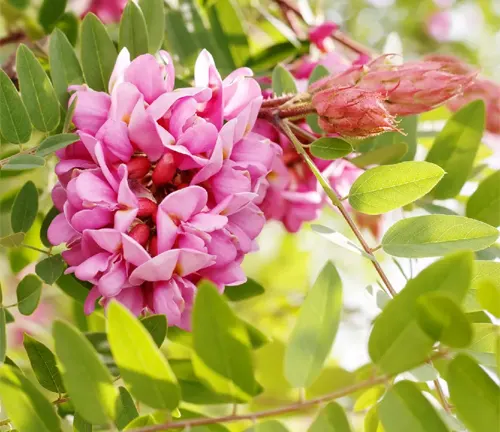
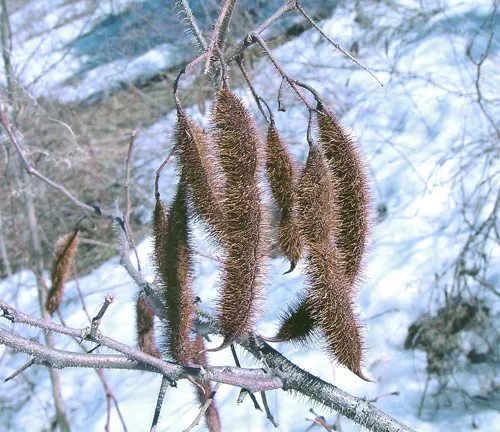
Robinia Hispida (Bristly Locust)
A shrub-like species with bristly stems and attractive pink flowers.
Each species contributes uniquely to its environment. For instance, the Common Black Locust is a pioneer species in disturbed areas, while the Bristly Locust is popular for erosion control in hilly terrains.
Where Do Black Locust Trees Grow?
The Black Locust Tree is native to the southeastern United States but has spread widely due to its adaptability. It thrives in:
- Natural Habitats: Woodlands, riverbanks, and disturbed soils.
- Geographical Range: Widely naturalized in Europe, Asia, and Africa, beyond its native North American range.
- Climate Adaptability: Tolerates a range of climates, including temperate, subtropical, and even semi-arid regions.
Its ecological role includes soil stabilization on slopes, improving nitrogen levels in degraded lands, and providing shelter to local wildlife.
How to Grow and Care for Black Locust Tree
Growing a Black Locust Tree is relatively easy due to its hardy nature. Follow these steps for success:
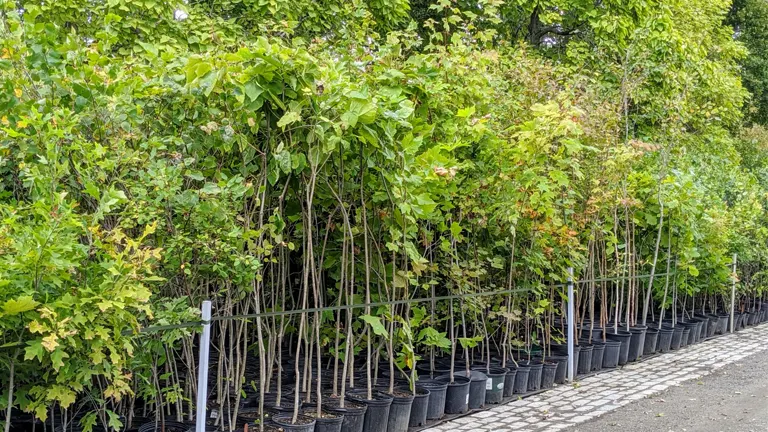
- Soil Requirements: Prefers well-drained, sandy, or loamy soils but can grow in poor soils.
- Sunlight: Thrives in full sun but tolerates partial shade.
- Watering: Minimal water needs; avoid overwatering.
- Propagation: Grow from seeds by soaking them in warm water before planting, or propagate from root cuttings.
- Maintenance: Prune dead or diseased branches and protect from pests like locust borers.
Ecological Benefits of Black Locust Tree
The Black Locust Tree offers numerous ecological advantages:
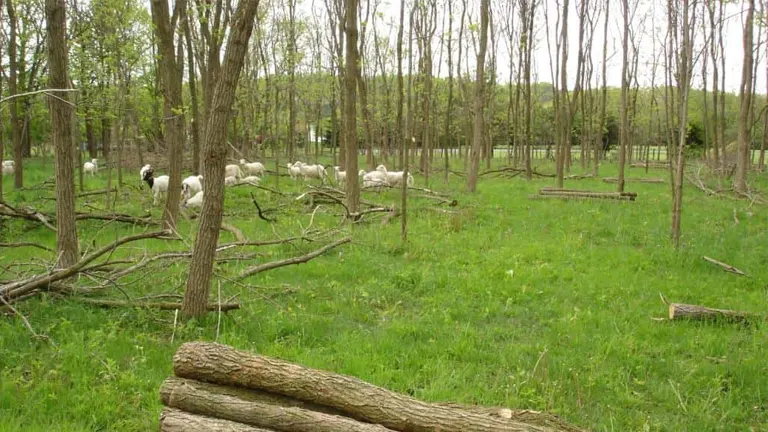
- Soil Improvement: Nitrogen-fixing roots enrich the soil, making it suitable for other plants.
- Erosion Control: Dense root systems stabilize slopes and prevent soil loss.
- Wildlife Support: Flowers attract bees, butterflies, and birds, while its dense foliage provides nesting sites.
Black Locust Tree Flowering and Pollination
The Black Locust Tree produces fragrant white flowers in late spring or early summer, arranged in cascading clusters. These blooms are highly attractive to pollinators such as bees and hummingbirds, playing a vital role in the tree’s reproduction and contributing significantly to local ecosystems.
Is Black Locust Tree Drought-Tolerant?
The Black Locust Tree is remarkably drought-tolerant, thriving in dry soils due to its deep root system. It requires minimal maintenance in low-rainfall regions, making it an excellent choice for arid climates and areas with challenging growing conditions.
Black Locust Tree and Wildlife Interactions
The Black Locust Tree supports a diverse array of wildlife. Its flowers provide nectar for bees, while seed pods serve as food for birds. The tree’s dense canopy offers shelter for nesting birds, and its bark hosts various insects. Additionally, its nitrogen-fixing roots improve soil quality, benefiting nearby plants and enhancing the ecosystem.
Final Conclusions
The Black Locust Tree is a cornerstone of ecological restoration and conservation. Its ability to improve soil quality, prevent erosion, and support biodiversity underscores its environmental significance. Additionally, its durable wood and ornamental value make it a prized asset for both natural ecosystems and human use. Whether in a forest or your backyard, the Black Locust Tree is a testament to nature’s resilience and beauty.
Frequently Asked Questions (FAQs)
- What is the scientific name of the Black Locust Tree?
The Black Locust Tree’s scientific name is Robinia pseudoacacia, and it belongs to the legume family (Fabaceae). - What are the main features of the Black Locust Tree?
It has pinnately compound leaves, fragrant white flowers, and rugged, deeply furrowed bark. It can live up to 100 years. - Where does the Black Locust Tree grow?
Native to North America, it thrives in various climates, including temperate and semi-arid regions, and is widely naturalized worldwide. - How do Black Locust Trees benefit the environment?
They improve soil fertility through nitrogen fixation, stabilize eroded soil, and provide food and shelter for wildlife. - Is the Black Locust Tree drought-tolerant?
Yes, its deep root system allows it to adapt to dry conditions, making it a great option for areas with limited water. - What role does the Black Locust Tree play in wildlife support?
Its flowers attract pollinators like bees and hummingbirds, while its canopy provides nesting spaces, and its seeds and bark support birds and insects.
We hope this guide has highlighted the Black Locust Tree’s unique features and ecological importance. Have experiences or ideas about this remarkable tree? Share your thoughts below and inspire others to appreciate its role in nature. Don’t forget to share this guide with fellow tree enthusiasts!


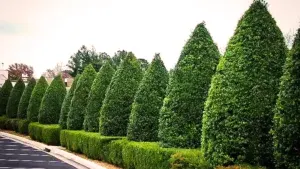
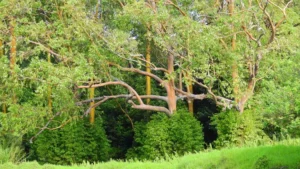
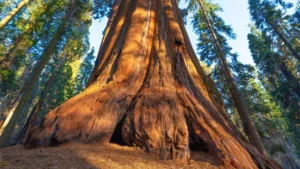
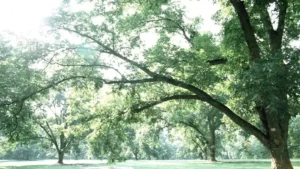
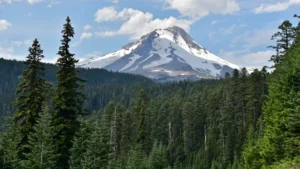
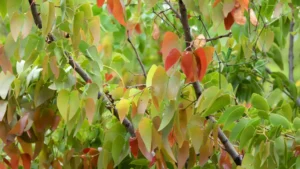
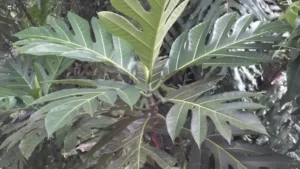
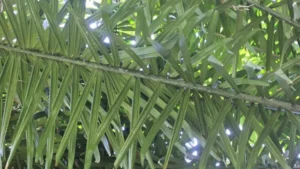
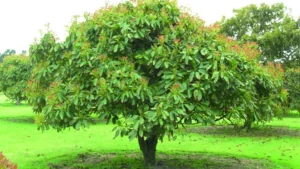
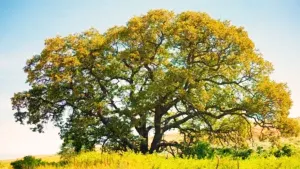
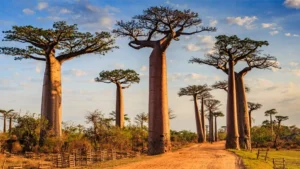
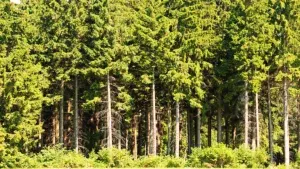
Leave your comment